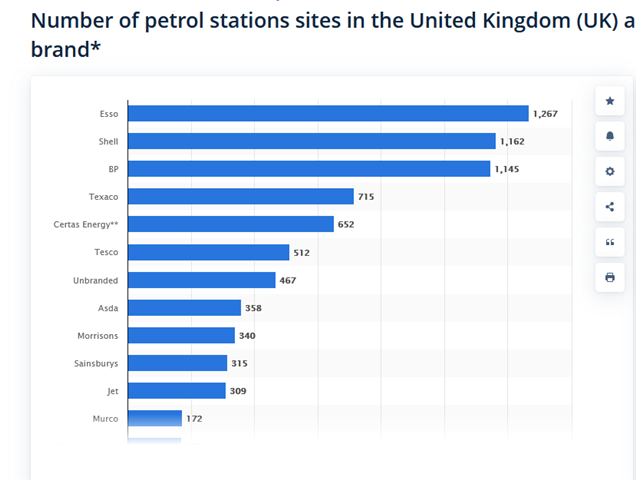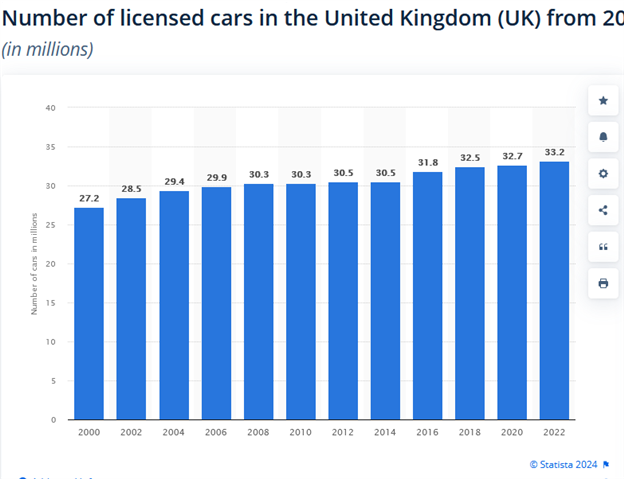Example:- 1 public gas pump for every 1 gas powered passenger car.
The uptake of Electric cars in the US is being limited by the small number of public charging points.
It is effectively the same situation as during the introduction of gasoline powered cars in the early 20th century.
But at that time many drivers carried can(s) of gasoline with them, when they traveled long distances.
Those of us who owned a VW car from the 1960's, (which did not have a gas gauge), will remember having to use the "built in" reserve gas system, operated by a manual foot switch, when running out.

